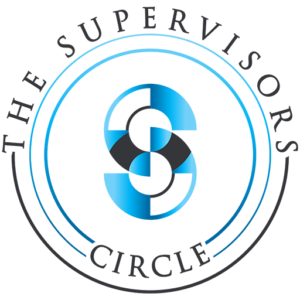When I was in high school, I had 22 minutes for lunch. When I became a teacher, it was just over 30. In my first post-school job, it was unspecified, which was initially freeing. I envisioned taking hour-long lunches outside of the office, maybe even sneaking in a martini on a Friday afternoon despite the fact that I did not drink them.
Almost immediately after I started that non-school job, however, I stopped taking a lunch break. None of my co-workers took one and some seemed not to eat at all. Despite assurances that I could go out if I wanted, my colleagues’ actions trumped their words. They showed me the expectation while verbalizing its opposite. To get on board, I followed suit and ate my salad at my desk, pretty much every day of the three years I worked there, emailing, data entering and phone calling my way through lunch, the oil of my homemade Greek dressing wreaking havoc on everything it splattered.
I grew to dread that desk salad. It had transformed from a meal I enjoyed to yet another task I had to find a way to squeeze in amongst the many other things I had to do. It was disheartening, and I grew increasingly tired and agitated at the end of my days. Days filled with lots of busyness but rarely breaks. It was the culture, that part of culture that is never captured in wordsmithed company statements but that is clear and prevalent. This is a place where we do not take lunch. Both literally and figuratively this is how I have come to remember the culture there.
Logically, it makes sense, right? When you are so busy that you cannot get through all of your work, it would stand to reason that the solution is to spend as much time as possible giving it the old college try. Any time taken away from doing said work is time not being put toward getting that work done. There simply is not room for breaks including- perhaps especially- lunch ones.
The problem is, it is simply not true.
Study after study finds that working too many hours, particularly when we do so without taking breaks, is one of the least effective ways to work. Our productivity starts declining after ~ 40 hours per week and takes a sharp decline after 50. Our mistakes increase as our efficiency decreases. We become more fatigued, less focused and more agitated. A perfect combination for burnout.
Our bodies are not meant to sit all day, our eyes are not designed to stare at screens all day, and our brains are not built to work non-stop. Our brains, bodies and eyes need time to relax, and taking breaks helps us do just that as we recharge and refocus. When we deny ourselves these moments, our performance and wellbeing suffer. In an irony of ironies, the longer we forgo breaks in the spirit of productivity, the less productive we are.
When I hired my first staff, I was determined to shift the culture to one that was manageable and healthy. In a well thought out speech practiced thoroughly the night before, I emphasized the importance of self-care that required frequent breaks throughout the day, including a good chunky one for lunch- a point I was sure to make while taking my new staff out to lunch to add a not so subtle exclamation point to the message. It was a convincing argument, I don’t mind saying, and sure enough, my new staff responded by going out for lunch every day.
Initially.
But pretty quickly after, she started eating lunch at her desk. When I asked her why, she explained that she was busy or that she didn’t need a break. Everything I had said just a few short / long years before. Because even though I was committed to and sincere in wanting to establish a healthy work environment for my new staff, I was not able to create that same environment for myself. I never was able to break my desk salad habit at that place. And in the same way I had internalized the meaning of this while watching my colleagues, my new staff quickly did the same while watching me. Despite my oft-repeated words, the message I, as team leader, was sending with my actions was this is a place where we do not take lunch.
As a leader, your staff are watching you far more than they are listening to you. It is important, then, that your words match your actions and that you do not have separate rules for your staff and for yourself. To create a culture that benefits you and your team, you need to model your expectations. If you want your staff to take their lunch, you need to take yours. If you want your staff to schedule consistent breaks throughout their days, you need to schedule yours. If you want your staff to use their vacation days, you need to take yours. If you want your staff to ignore their emails when they are out of the office, you need to ignore yours.
There is nothing admirable, enviable or beneficial about a desk salad culture. It is far healthier, more productive and more enjoyable to create an environment where you and your staff are able to do your work with energy and focus. This requires that you take breaks, including your lunch one. That you eat that salad away from your desk wherever you are able to enjoy a much-needed break from your day. Eliminate the culture of the desk salad and welcome in a culture of well-being, productivity, and satisfaction at work. And every now and again, maybe some tacos.





